The asset lifecycle is fundamentally simple; we buy an asset, operate and maintain it, and then at some age replace it.
There is generally an attempt to procure the right asset based on an assessment of the full lifetime asset cost and the value it will deliver.
The purpose is to select the best asset based on what’s known at the time and deliver the required performance levels at the lowest cost. The assessment should also provide an approximation as to the age or time at which the asset will require replacement.
The problem, of course, is that operations typically don’t go to plan especially across an extended time period. For example, you may expect an asset to last 20 years, but in that time, operational requirements and context changes, materials become obsolete, assets age differently than we expect and new technology becomes available.
In short, there are numerous changes to the assumptions used to determine asset life. So the motor you thought would last until 2022 suddenly needs replaced right now and the capital replacement plan you had in place goes out the door. In these situations, capital constraints limit what replacement projects go ahead and maintenance teams are left to manage life extensions for the rest of the asset base that should be replaced.
So how can you stay on top of operational changes and ensure your asset care and replacement plans stay relevant?
Through routine inspections and continuous monitoring, organizations should be collecting data which they can use to assess the current health and condition of assets. In turn, this data should be used to inform ongoing updates to asset care and capital replacement plans. For example, if an asset is aging faster than anticipated, this may be countered by a change in maintenance. If not, the organization can at least update the capital replacement plan and ensure the short – medium term plan is connected to actual asset requirements.
This proactive approach can reduce the risk of asset failure while also helping organizations take greater control of their capital plans to ensure maximum ROI.


